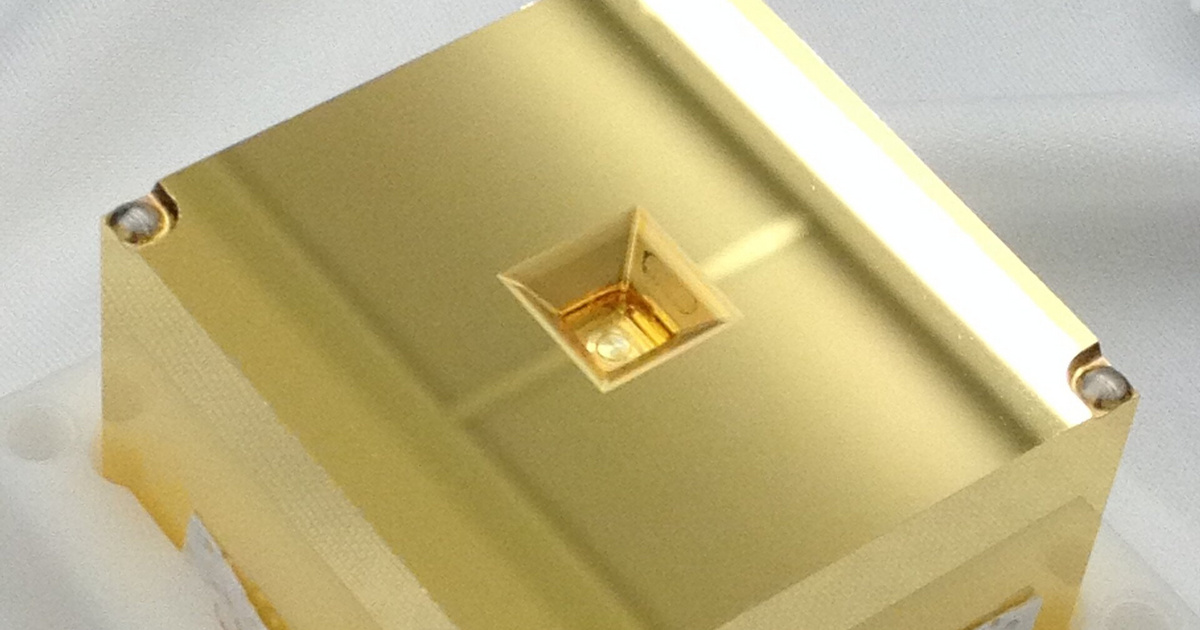Implementation of the space-based version of LIGO, which measures gravitational waves, could begin soon, after the European Space Agency's (ESA) Science Program Committee officially “approved” the LISA programme. With this decision, they acknowledged the feasibility of carrying out the mission in terms of concept and technology. LISA is one of the major European research projects of the next decade, and its construction is being managed by a European-led international consortium that includes scientists from the European Space Agency, NASA and space agencies in some countries.
The Laser Interferometer Space Antenna, abbreviated LISA, is a constellation of three spacecraft. According to plans, the devices will form an equilateral triangle and follow the Earth's orbit. The length of the triangle's sides will be six times the distance between the Earth and the Moon, i.e. 2.5 million kilometers, and at this distance the laser beams used in the measurements will be sent to each other.
Due to the large distance covered by laser signals and the outstanding stability of the instruments, we can detect waves at a much lower frequency than is possible on Earth, so we can detect events at different levels dating back to the dawn of time.
– said the program's lead researcher, Nora Lutzgendorf.
Construction of the devices could begin at the beginning of 2025, and they will be sent into space by the Ariane 6 launch vehicle in 2035.
Quiet space
Albert Einstein predicted the existence of gravitational waves in 1916, based on his general theory of relativity that he had published a year earlier. According to the theory, the mass of matter bends space-time and creates waves in it. The existence of waves was indirectly confirmed in 1974 on a double pulsar, for which the Nobel Prize in Physics was awarded in 1993.
Gravitational waves were first observed directly by the Laser Interferometer Gravitational-Wave Observatory, or LIGO, built by the United States in 2015. Rainer Weiss, Kip Thorne and Barry Parish received the 2017 Nobel Prize in Physics for this result. LIGO is a system consisting of two large observatories. Each observatory consists of arms perpendicular to each other, through which laser beams are sent and measured through four kilometers of vacuum tubes. The observatory is so sensitive that it is able to detect the deflection of incoming optical signals smaller than an atomic nucleus – and so they can detect gravitational waves coming from space, which arise from the merger of black holes and neutron stars.
LIGO data requires significant noise filtering because the instrument is so sensitive that it can detect seismic noise, such as waves crashing on the nearest beach. Noise and size limitations also limit the sensitivity of other similar terrestrial gravitational observatories, such as Virgo, Kagra, and GEO600.
Lisa will be able to operate in space regardless of these factors, but it must be taken into account that her arms are not fixed, and therefore the distance between them changes slowly and continuously.
At the heart of the observatory's modules are test blocks consisting of solid cubes made of an alloy of gold and platinum. The observatory will use laser beams to measure minimum deviations in the distance between the two masses. The operation of this technology was confirmed by the LISA Pathfinder test probe, which cost half a billion euros, in 2016 – which was able to achieve three times the measurement accuracy required to implement LISA.
In this way, LISA can also detect billion-solar-mass supermassive black holes at the center of galaxies, as well as waves created by celestial objects falling into black holes. In fact, it can even measure the waves left behind after the Big Bang, and since the size and distance of the objects they created can be deduced from these waves, it contains cosmic knowledge that promises other Nobel Prizes.
Starting in 2037, LISA will be able to search for the origin of the universe and its fundamental laws of physics in collaboration with NewAthena, the largest X-ray space telescope of our time.














































